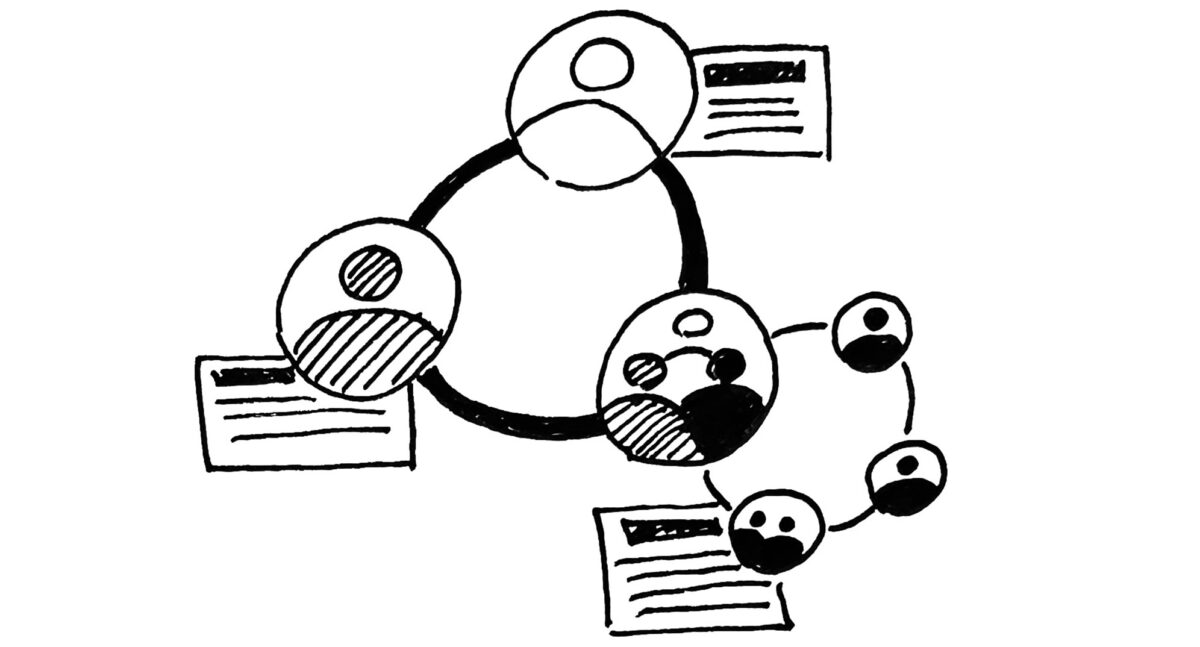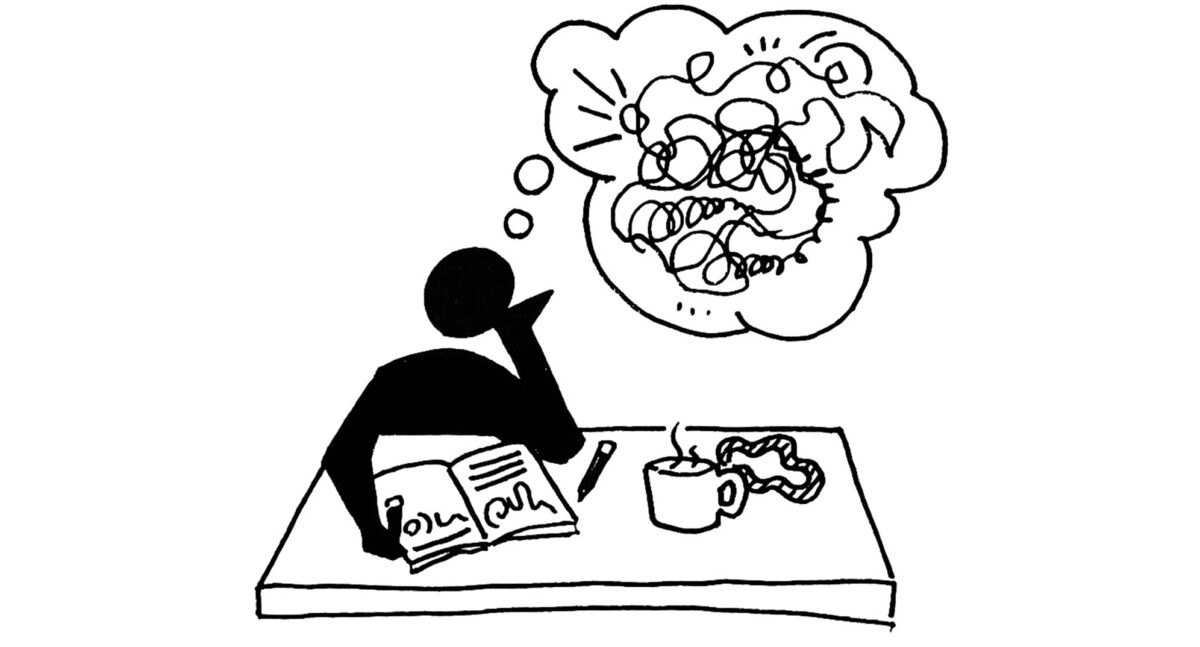Personas and their plural form, user groups, serve as a tool to allow designers to focus on the individuals who will be accessing their product or service. Personas or user group is a fictitious profiles built on data, typically depicted by a textual description and photograph, and is “a means to capture the everyday experiences and needs of users and customers” (Nielsen, 2018). Personas are not meant to be a single story of the user group’s experience, but rather a way to express their experiences in a rich and nuanced manner.
Personas and user groups allow designers to see themselves as distinct from users, and various user groups as distinct from each other. This enables innovators to better design with a focus, define the parameters of the product, and communicate design decisions.
Steps:
1.Collect information and stories on the people within the context that you’re trying to understand through observations, interviews, and even existing sources of data (e.g. administrative information). Information gathered should include physiological, psychological, and sociological aspects of their experience. Ask questions such as:
- Goals: What do my users need? What problem are they trying to solve?
- Roles: How do my users behave?
- Emotions/Attitudes: How do my users feel?
- History/Background: What past experiences influence my users today?
2.Look at the themes that emerge and notice the groupings that emerge. Are there variances in the experiences that lend themselves to distinct-enough experiences? How many distinct groups can you see emerging from all the themes (through the info you have collected)? Give each group a separate name – e.g. “new users”, “alumni of the program”, “young parents” – anything that meaningfully distinguishes each group’s experience.
3.For each group, develop a persona that illustrates the richness and nuances of their experiences. You can do so by:
- Writing up the short story of a person’s life and experiences using brief paragraphs and bullets when possible. The persona should be written in the third person. To engage readers, persona authors should consider recognition of, alignment with, and allegiance to the characters (Nielsen, 2013):
- Recognition – The reader is able to use the information given to construct the persona as a real person
- Alignment – The reader can identify with the attributes and behaviors of the persona
- Allegiance – Drawing on empathy and a moral understanding of the persona in context, the reader is able to evaluate the attributes and behaviors of the persona
4.Share the description with others for feedback and refinement. Personas can then be used at multiple steps throughout the design process.
Considerations:
Personas and user groups should be engaging for the designer to read and should spark empathy for the subject. As such:
- Consider the varied audiences of the persona, from management to designers. The description should be written in a way that allows all of the different audiences to identify with the persona and to be able to make decisions necessary and relevant to their roles.
- Avoid stereotypes and flat descriptions, which tend to perpetuate negative societal conceptions and confuse the actual needs of users.
- The description should be thorough but without unnecessary, distracting details.
- If there are numerous people depicted in the description (e.g. a user group of many, a family unit, a couple), be sure to provide enough information about individual characters and the relevant dynamics between individuals.
References:
- Nielsen, L. (2013). Personas – User Focused Design, Human–Computer Interaction Series. Springer-Verlag, London. p. 59-79.
- Nielsen, L. (2018). Editorial: Design Personas – New Ways, New Contexts. Persona Studies (4)2. p. 1-4
- Nielsen L. (2013) 5: Do You Know Karina?. Personas – User Focused Design. Human–Computer Interaction Series, vol 15. Springer, London
- Phil Turner and Susan Turner (2011). “Is stereotyping inevitable when designing with personas?” Design Studies 32


